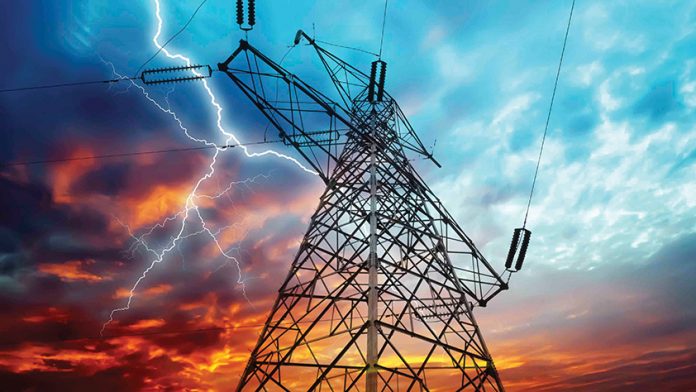The cabinet gave the go ahead for the Electricity System Development Project in big cities. The investment cost will be 11.6 billion baht. The project will be overseen by the Provincial Electricity Authority (PEA) and will roll out in the first instance to urban population centres of Chiang Mai, Pattaya, Nakhorn Ratchasima and Hat Yai. These four places were chosen to be first on the list as they were seen to have a high tourist potential. The upgrade is designed to incorporate new technologies that will benefit local economic development in the districts that are targeted.
The project is expected to take 4 years and be completed by 2021. Out of the 11.9 Billion baht investment, 2.92 billion will come from the Provincial Electricity Authority and the other 8.74 billion will come from borrowing.
The PEA was reported as saying that the new developments would reduce power blackouts and increase energy security so that that all consumers could rely more on their power supply. As well the new technologies will be phased in over the same time frame, which could include less overhead wiring as the plan is to route power cables underground where possible, thereby improving the aesthetics of each city. The unsightly overhead wiring is also a risk to providing a seamless supply, and has the potential to lead to possible blackouts and power cuts due to heavy rain storms, lightning strikes and even vehicle collisions where high vehicles sometimes try to cross under low hanging cables.
After the four initial cities have been developed the government plans to extend the project to eight other big cities.
The assistant minister to the Prime Minister’s Office, Kobsak Phutrakul was quoted as saying, “The other eight cities should be ones that have the highest potential for local economic development and offer a chance for the PEA to join the project.”
The PEA will start early in its quest to nominate the other eight cities and was told to consult with the National Economic and Social Development Board in order to come up with a plan for the next phase.
At the same time the cabinet also gave the go ahead for a proposal by the National Economic and Social Development Board to develop the Eastern Economic Corridor and the border special economic zones according to the model of Japan’s Kansai strategic Special Zone. The EEC in particular was singled out as an already important area that has its own road, rail and water transportation infrastructure already in place. It is considered to be an important industrial zone and moves to recognize this and build on its success are expected to be welcomed by both the EEC and the government.











